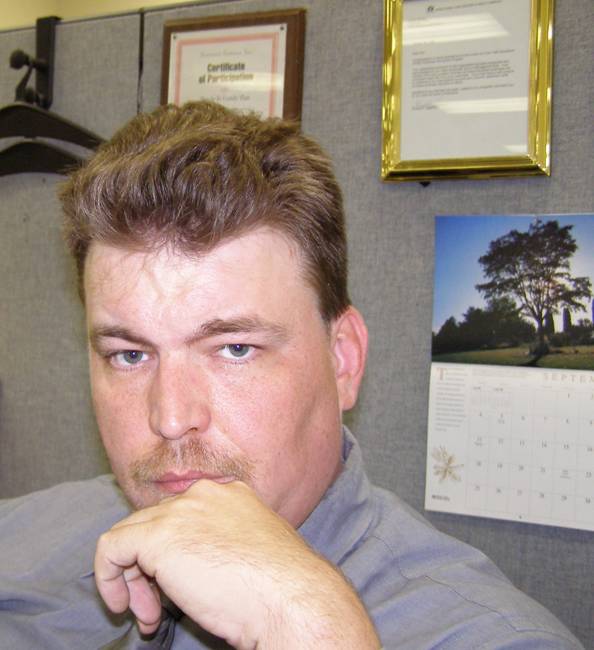So what happened a hundred and thirty years ago? Why have I made such a big deal out of this, dedicating an entire week to spouting off about the events leading up to a Sunday afternoon that will never be completely understood?
The Battle of the Little Big Horn was the biggest military catastrophe that had befallen a United States military unit in nearly a century. Soldiers had, of course, been killed in battle by Indians before, and vastly larger numbers of men had been lost in comparable spans of time during the Civil War. As an example, the Union Army lost about 4,000 men in a matter of seven or eight minutes at a lonely crossroads called Cold Harbor, VA in 1864. Captain Fetterman’s entire command had been wiped out by Indians a few years before the Custer debacle – but Fetterman was virtually an unknown and exceptionally unimaginative commander, and he had taken only 50 or 60 men into the trap carefully orchestrated by a young Crazy Horse and his companions.
Custer took over 210 men into the Valley of the Little Bighorn, and he was well known as a charismatic and extremely effective officer. Much has been made of the supposed “mistake” or “typographical errors” that led to his promotion to Brigadier General at the age of 22. But it would be far-fetched indeed for the same man to receive the benefit of another such error, and Custer was destined to report as a Major General by the following year. Such award and promotions did not generally go to the unpromising, all protests from troops of the Army of the Potomac notwithstanding.
It never should have happened; nobody ever believed that the primitive Indian warriors could even form a line to resist the blue coated troops, especially the ones commanded by Old Long Hair. No one expected the Sioux to stand still for an attack. In fact, the overriding obsession from virtually ever ranking officer asked, is that the Indians could escape the cordon of troopers pressing in on them from three directions.
Custer divided his regiment into four battalions. Captain McDougall took charge of a single company guarding the pack train and its mules. Captain Benteen, with three companies and somewhere near a hundred men. Benteen’s mission, as given verbally by Custer, was to ride out in reconnaissance to the left and ensure that the hostiles could not leave by that route, unprotected by the approach of the other two converging columns.
Custer’s second-in-command, Major Marcus A. Reno, was given command of three companies (including the strongest group in the outfit) and ordered to charge the village ahead. Custer also promised support – “Pitch into the hostile camp and press your attack and we will support you.” The words themselves are unimportant –in some versions, Custer is said to have pledged that “you will be supported by the entire outfit.”
Custer himself took the remaining five companies and marched farther down the river to find a place to safely ford. He may have been met at the river and repulsed, then retreated under fire to the hill that now bears his name.
“Custer Hill” became the final resting place for the Boy General, his body found in a small cluster with several of his relatives and close officers. So many officers, in fact, were found immediately around the General that many theorists suppose that he may have been holding an “Officer’s Call” to give instructions for defense when a volley resounded and tore through Custer and several of his key subordinates, perhaps all in a single moment.
The truth of what happened in so far as Custer’s fate is known. He and about 212 men died along the banks of the Little Big Horn river in the greatest victory of Sioux and Cheyenne arms over the US Army in history. It was, however, to be their last. Nothing could have more effectively roused the ire and rage of the American public than to kill one of its dearest heroes on the very eve of Independence Day. The revenge was swift and horrific, and it was the “victory” at the Little Big Horn that truly sealed the fate of the Plains Indian.
Monday, June 26, 2006
Subscribe to:
Post Comments (Atom)

No comments:
Post a Comment